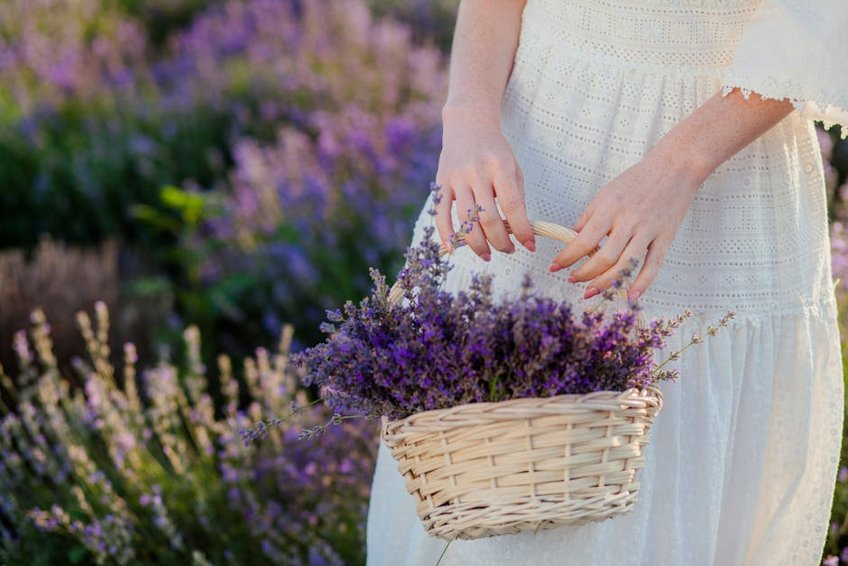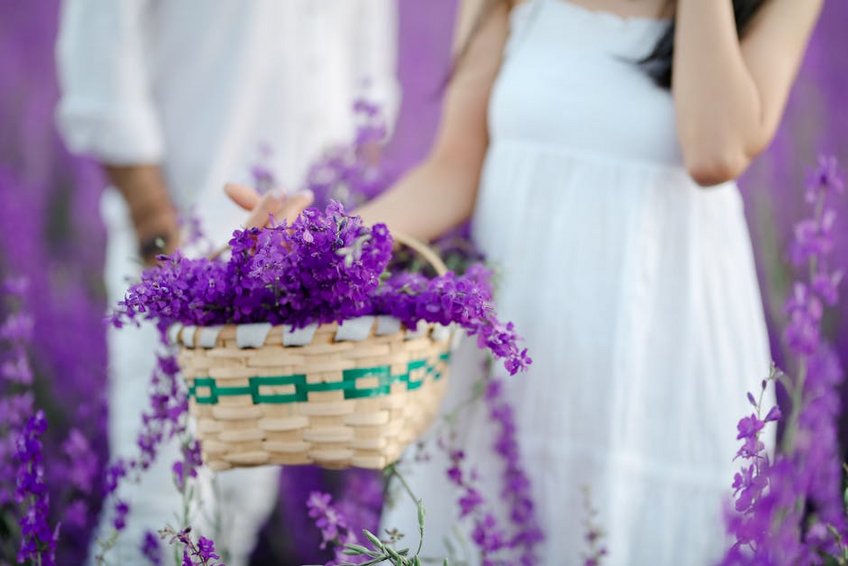Spring Lavender Harvest Route
Imagine standing amidst endless purple fields, the sweet floral scent of lavender filling the air as the morning sun casts a golden glow over the landscape. The Spring Lavender Harvest Route offers one of Europe’s most breathtaking seasonal journeys, taking you through picturesque countryside where vibrant purple blooms stretch to the horizon. This unforgettable travel experience combines natural beauty, cultural immersion, and photographic opportunities that will leave you with memories to last a lifetime. Whether you’re a nature lover, photography enthusiast, or simply seeking a unique spring adventure, following the lavender harvest route provides an extraordinary way to explore some of Europe’s most beautiful regions during their most colorful season. The timing is crucial—typically from mid-June to early August depending on the region—making this seasonal journey a perfect addition to your summer travel plans.
Spring Lavender Harvest Route Essential Information
Understanding the fundamentals of the lavender harvest route will significantly enhance your experience. This journey primarily focuses on the Provence region in southeastern France, though other Mediterranean destinations also offer stunning lavender experiences. The route typically spans approximately 200 miles through the Vaucluse, Drôme, and Alpes-de-Haute-Provence departments, with Valensole Plateau being the most famous area. The harvest season varies slightly each year based on weather conditions, but generally peaks between late June and mid-July. You’ll want to plan your visit during this window to witness the fields at their most vibrant purple glory, though visiting just before or after the harvest can still offer beautiful scenery and fewer crowds.
What You Need to Know About Lavender Season
- The lavender flowering period typically runs from mid-June to early August, with peak bloom around late June to mid-July
- Two main types grow in the region: true lavender (lavandula angustifolia) and lavandin, with true lavender blooming earlier and at higher altitudes
- Harvesting methods vary—some fields use traditional hand-cutting while others employ modern machinery
- The best photography light occurs during golden hour (early morning and late afternoon) when the low sun enhances the purple hues
- Budget option: $1,200-1,800 per person for 7 days including economy car rental, budget accommodations, and self-catering meals
- Mid-range option: $2,500-3,500 per person for 7 days including comfortable accommodations, rental car, and dining at local restaurants
- Luxury option: $4,000+ per person for 7 days including premium accommodations, guided tours, and fine dining experiences
- Provence-Alpes-Côte d’Azur Tourism Board
- France Official Tourism Website
Key Regions and Their Characteristics
Different areas along the Spring Lavender Harvest Route offer distinct experiences. The Valensole Plateau is the most famous and photogenic area, with vast fields stretching to the horizon, often accompanied by sunflowers. The Sénanque Abbey near Gordes provides an iconic medieval backdrop to the purple fields. The Drôme Provençale region offers smaller, more intimate fields at slightly higher elevations, while the Luberon Valley combines lavender with charming hilltop villages. Each area has its unique charm, and exploring multiple regions will give you a comprehensive lavender experience.

Spring Lavender Harvest Route Planning Your Trip
Proper planning ensures you make the most of your lavender route adventure. The ideal duration for this journey is 5-7 days, allowing you to explore multiple regions at a relaxed pace without feeling rushed. You’ll want to base yourself in 2-3 different locations to minimize driving time and maximize exploration opportunities. Popular base towns include Aix-en-Provence, Avignon, or smaller villages like Sault or Valensole itself. Renting a car is essential for flexibility, as public transportation to the fields is limited. Booking accommodations well in advance is crucial, especially if traveling during peak bloom season, as charming properties fill up quickly.
Best Time to Visit the Lavender Fields
The optimal timing for experiencing the Spring Lavender Harvest Route depends on your specific interests and tolerance for crowds. For peak bloom photography, late June to mid-July offers the most intense purple colors. Early to mid-June provides beautiful blooms with fewer tourists, while late July to early August lets you witness the harvest process itself. Weather conditions vary—June tends to be slightly cooler with possible rain, while July brings hotter temperatures and more reliable sunshine. Weekdays are significantly less crowded than weekends, and early morning visits (before 9 AM) offer the best light and minimal tourist presence.
Budget Planning and Costs
Essential Preparation Checklist
Preparing adequately will make your lavender route journey more enjoyable and stress-free. Book accommodations and rental cars at least 3-4 months in advance, especially for June and July travel. Pack comfortable walking shoes for exploring fields, light layers for changing temperatures, and sun protection including hat and sunscreen. Download offline maps since cell service can be spotty in rural areas. Bring camera equipment with polarizing filters to enhance the purple colors, and consider a small tripod for early morning and evening photography. Learn a few basic French phrases—while many locals speak English, making an effort in French is always appreciated.
Spring Lavender Harvest Route Top Attractions and Activities
The lavender route offers far more than just beautiful fields to photograph. Beyond the iconic purple landscapes, you’ll discover charming medieval villages, local markets bursting with lavender products, and cultural experiences that deepen your appreciation for this fragrant flower. Many farms offer guided tours where you can learn about the distillation process and even participate in harvesting activities. The region’s culinary scene incorporates lavender in surprising ways—from lavender honey and ice cream to lavender-infused meats and cocktails. Historical sites like Roman ruins and medieval abbeys provide cultural context, while outdoor activities like hiking and cycling offer alternative ways to experience the landscape.
Must-See Highlights Along the Route
Certain spots along the Spring Lavender Harvest Route deserve special attention for their exceptional beauty or unique characteristics. The Valensole Plateau offers the most photographed fields, particularly around the D6 and D8 roads where lavender and sunflowers often grow side by side. Sénanque Abbey near Gordes provides that iconic combination of medieval architecture and purple fields that appears on countless postcards. The Lavender Museum in Coustellet offers fascinating insights into the history and production process. The village of Sault, perched on a rocky outcrop, provides stunning panoramic views over the surrounding lavender fields and makes an excellent base for exploration.
Hidden Gems and Local Favorites
Beyond the well-known spots, the region hides numerous lesser-known treasures that offer more intimate experiences. The Drôme Provençale area, particularly around Grignan and Nyons, features beautiful lavender fields with far fewer visitors. Small family-owned farms often welcome visitors for informal tours and purchases directly from the producer. The Tuesday market in Valensole transforms the small town into a bustling hub of local products and crafts. Evening events like outdoor concerts or cinema screenings sometimes take place in village squares surrounded by the scent of lavender. Exploring back roads often leads to unexpected vistas and photo opportunities away from the crowds.
Spring Lavender Harvest Route Practical Travel Information
Navigating the lavender route requires some practical knowledge to ensure a smooth experience. The region is best explored by car, giving you the freedom to stop wherever the scenery captures your attention. Main roads are generally well-maintained, but some field access routes may be narrow gravel paths. Accommodations range from luxury hotels to charming bed-and-breakfasts and rural gîtes (vacation rentals). Advance reservations are essential during peak season. Most fields are private property, so always respect signage and avoid walking into fields without permission—many farmers provide designated areas for photography. Credit cards are widely accepted, but carrying some cash is useful for small purchases at markets or farm stands.
| Category | Options/Features | Price Range (USD) |
|---|---|---|
| Accommodation | Hotels, B&Bs, gîtes, vacation rentals | $80-400/night |
| Transportation | Rental car, guided tours, bicycles | $40-150/day |
| Dining | Restaurants, markets, picnics | $25-75/person/day |
| Activities | Farm tours, cooking classes, distillery visits | $15-100/experience |


